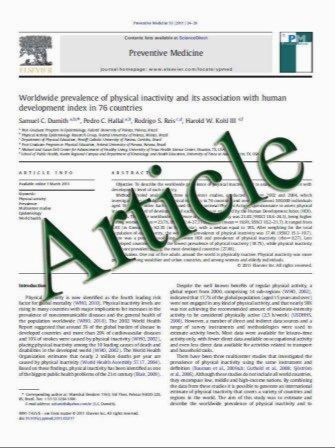Antiseptic sutures: clinical evaluation of microbiological efficacy
- نوع فایل : کتاب
- زبان : انگلیسی
- مؤلف : Antonio Di Lonardo & Davide Lazzeri & Adriana Mosca & Alessandro Oliverio & Giuseppe Miragliotta & Christian Pascone & Tommaso Agostini
- چاپ و سال / کشور: 2011
Description
The use of antiseptic sutures may constitute an interesting way to prevent early contamination of surgical wounds by microorganisms found in the environment and in the surgically sectioned cutaneous adnexa responsible for potential complications due to infection. This clinical study compares two different sutures: Polyglactin 910 plus Triclosan and Polyglactin 910. Twenty-nine patients (15 males and 14 females), aged between 22 and 53 years, were enrolled. All wounds were sutured half way using Polyglactin 910 plus Triclosan with the remaining half sutured using Polyglactin 910 of similar calibre. For each group, one or two stitches being removed on the third day, with the remaining stitches being removed on the seventh day, and then culture tests, biochemical tests and Polyglactin 910 plus Triclosan in vitro inhibition tests were conducted. Overall, 188 suture fragments were analysed. For the sutures removed after 3 days (30 for each group), the following observations were made: Polyglactin 910 plus Triclosan group, one contamination (3.3%) with Pseudomonas aeruginosa; and Polyglactin 910 group, 14 colonisations (46.6%), predominantly with Staphylococcus aureus. For the suture fragments removed on day 7 (128 in total), the following were observed: Polyglactin 910 plus Triclosan group (67 fragments), nine contaminations (13.4%) with a slight predominance of S. aureus (four cases) and P. aeruginosa (three); and Polyglactin 910 group (61 fragments), 56 contaminations (91.8%) with a marked predominance for S. aureus (43). Compared to Polyglactin 910, Polyglactin 910 plus Triclosan was less colonised by bacteria, thanks to the bacteriostatic effect of Triclosan. The reduced microbial colonisation of sutures may contribute towards better control of complications due to surgical wound infections.
Eur J Plast Surg DOI 10.1007/s00238-011-0580-3 Received: 30 December 2010 / Accepted: 30 March 2011


